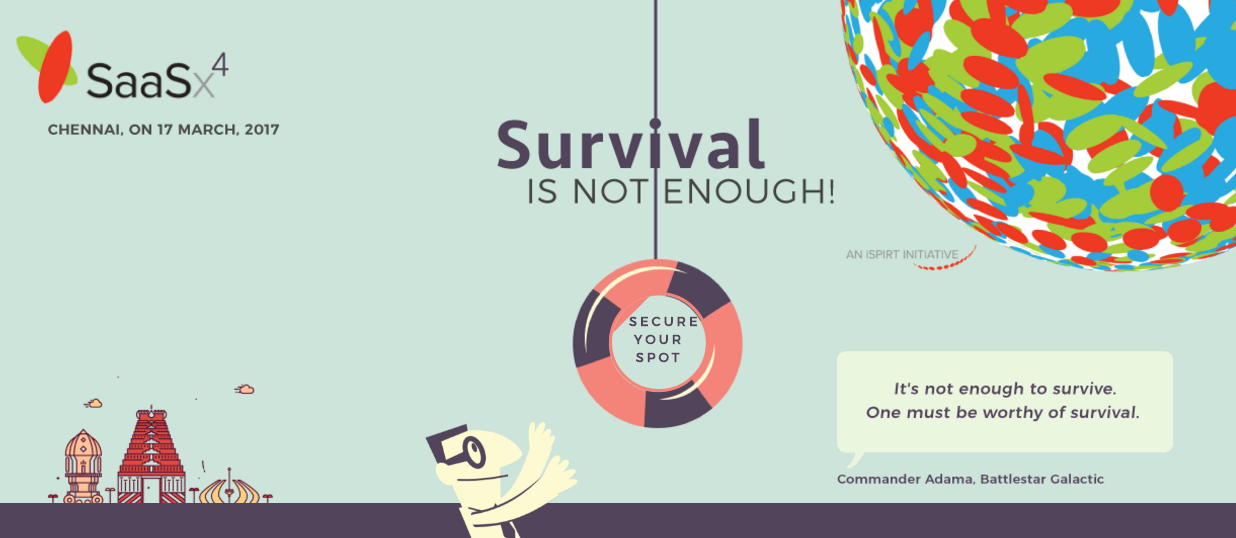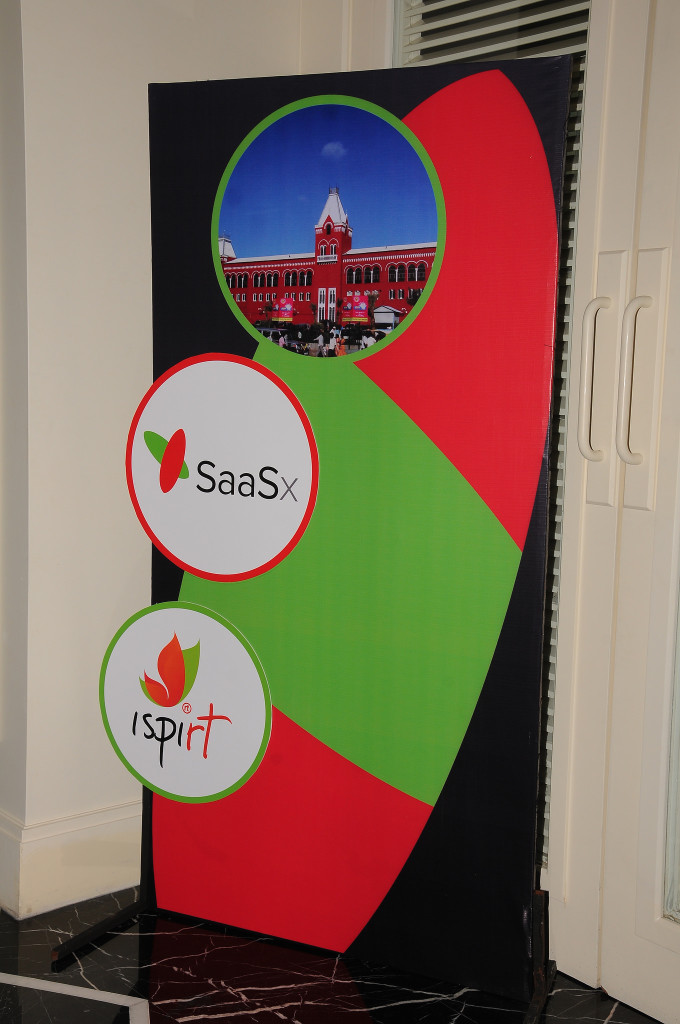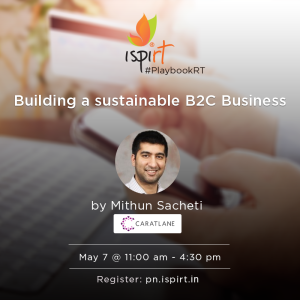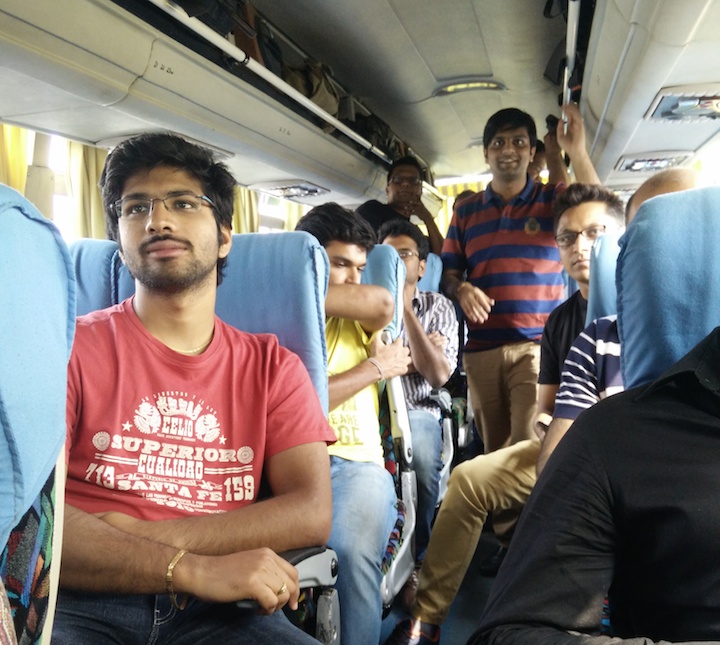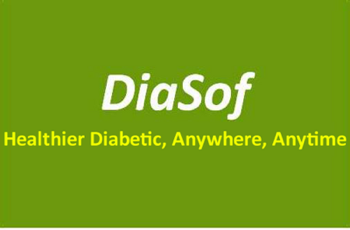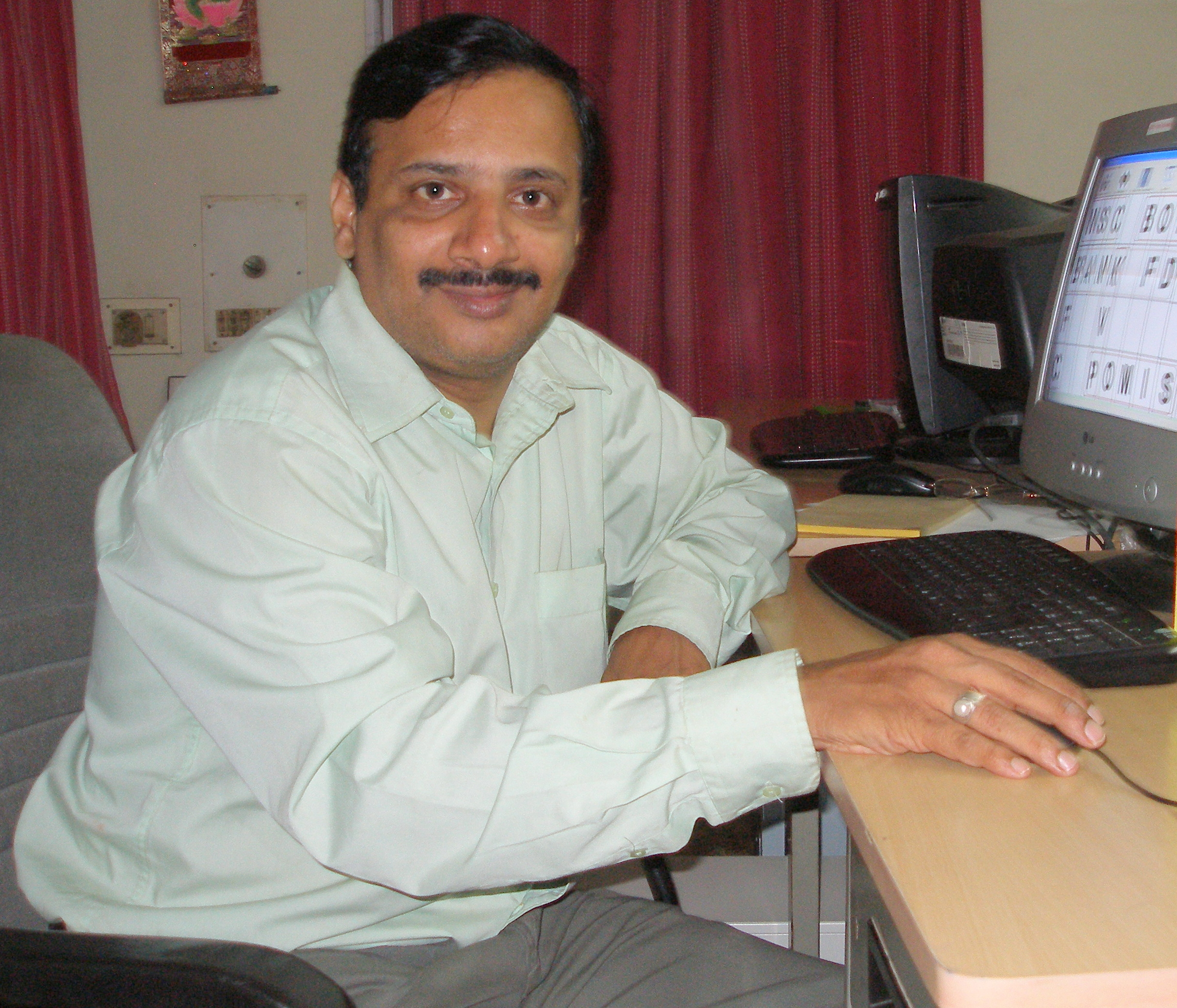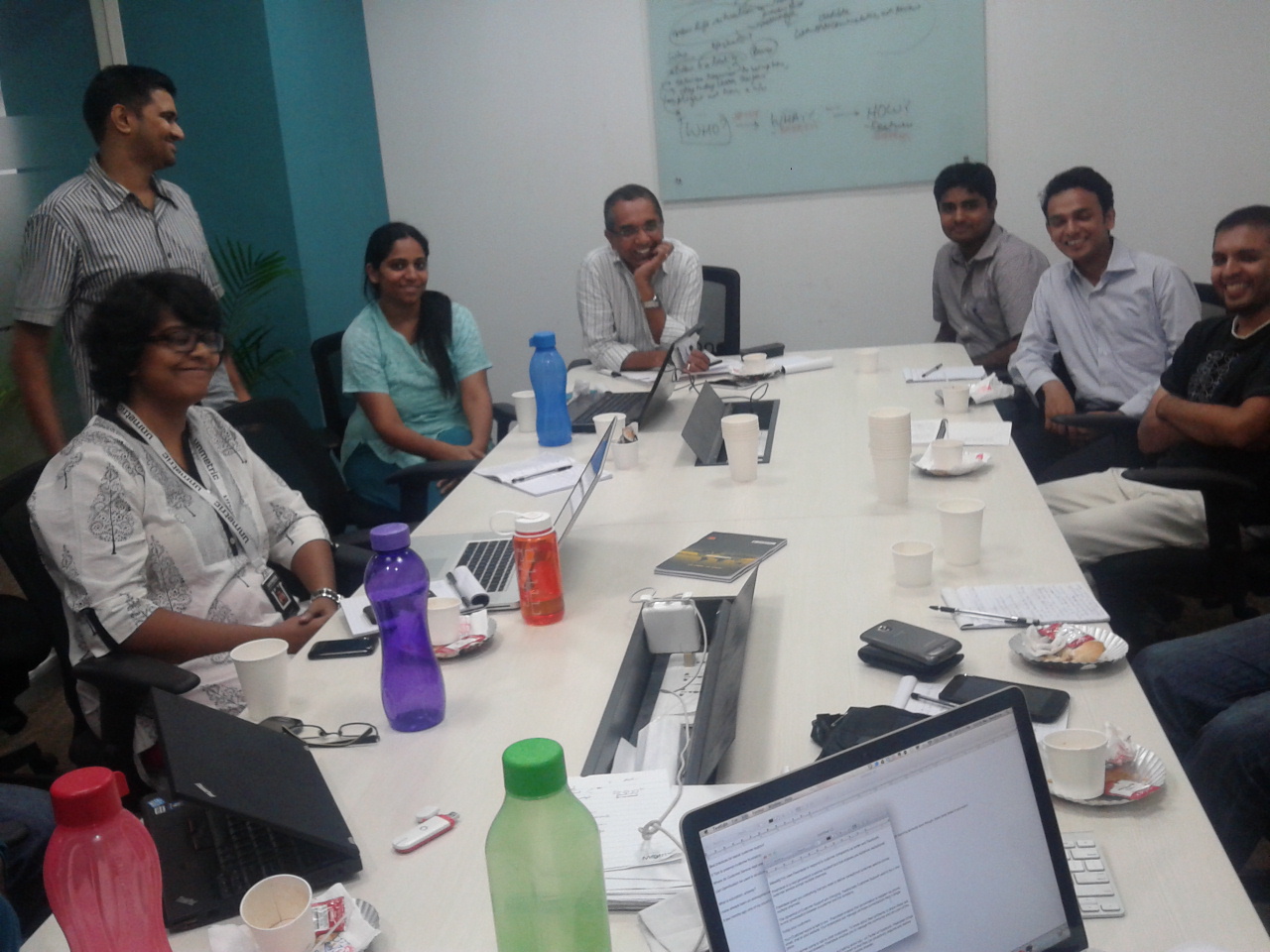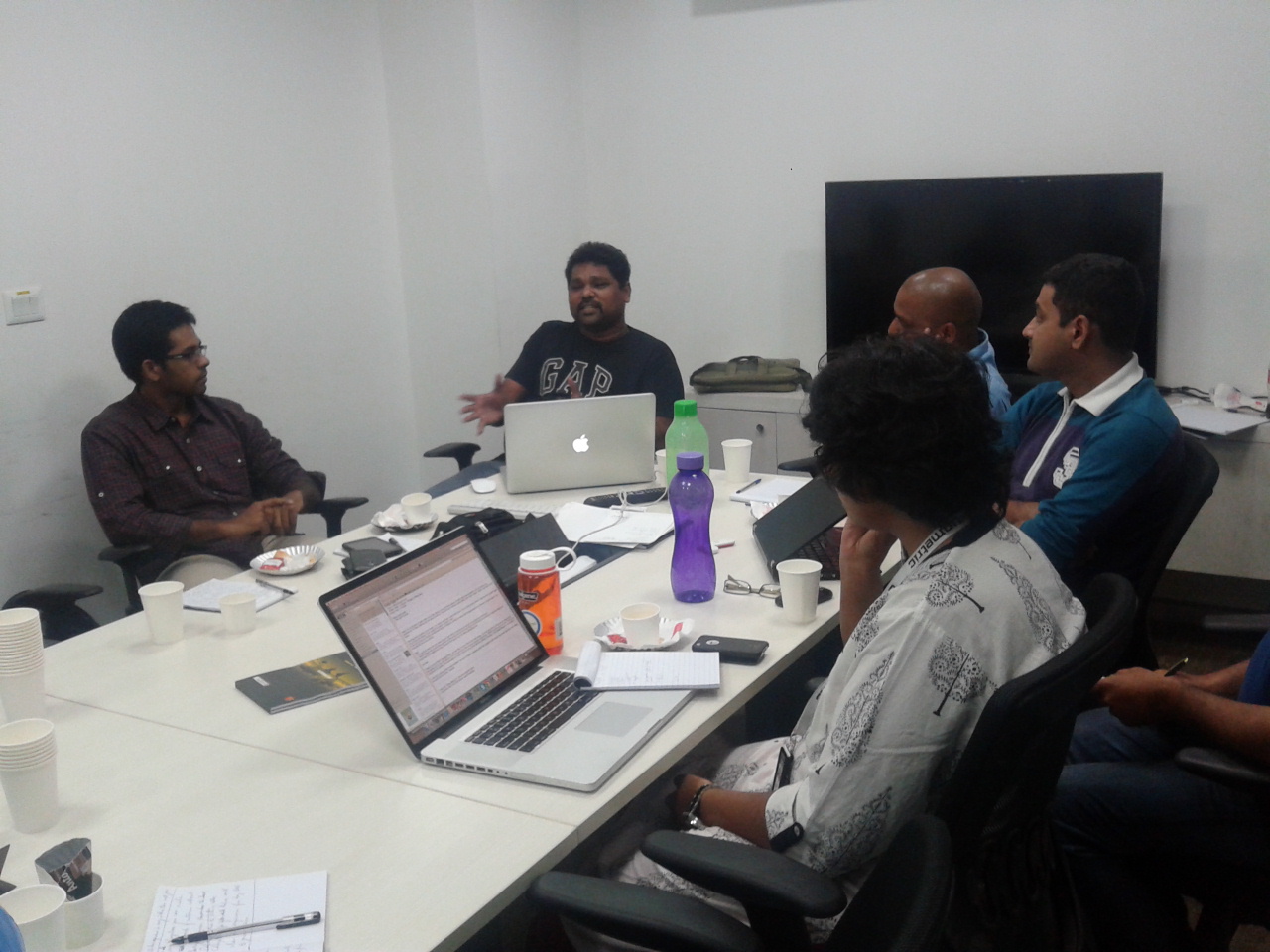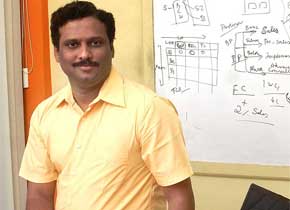These were entrepreneurs talking. There were 40 of them, all running SaaS (software-as-a-service) startups in various stages of the evolutionary ladder. Some just out of college, some pushing the pedal at an accelerator, some experienced enough to invest in other startups themselves. They were all on a bus. From Bangalore to Chennai. To attend a first-of-its-kind meetup organized by a bunch of SaaS entrepreneurs for all SaaS entrepreneurs in India,SaaSx Chennai.
That I, a journalist, was embedded on the world’s “SaaSiest bus” – as they called it – didn’t stop any of them from talking about their biggest mistakes or what they learned the rough way.
And that was because SaaS was no longer an untamed, strange animal. Each of the entrepreneurs on the bus knew that they were sitting on a good steed. Everybody had a steady tick on revenue. “People call the SaaS business the flywheel business – it takes time for it to build momentum, but when it does, it is very difficult to stop it. This is what is happening now,” Sharad Sharma, co-founder of startup thinktank iSPIRT – the Indian Software Product Industry Roundtable, who is also on the bus, tells me.
Sharma is the co-founder and CEO of analytics startup BrandSigma. He is also a prolific angel investor with about two dozen investments. Former CEO of Yahoo India’s research and development wing, Sharma has been in the Indian tech industry since 1986, growing companies, building new ones, and now hand-holding young startups.
According to him, today, there are fundamental forces favoring SaaS startups in India.
The Uber for software

SaaS is often called “on-demand software” because it refers to a subscription-based delivery model, where applications are accessed via the internet. The subscribers do not have the burden of installing, managing, and maintaining hardware or software; they just need a reliable internet connection. The company selling the software will host and maintain the servers, databases, and code that constitute an application. The buyers pay an annual or monthly subscription fee. That’s all.
It’s a clear win for companies do not want to invest in expensive hardware to host the software. They can spread out costs over time. And for the sellers, it means predictable recurring revenue, good margins, and inbound marketing.
The SaaS movement first picked up pace when Salesforce in San Francisco threw open customer relationship management software for small- and medium-sized companies on a subscription model. This was in 1999. It went public on the New York Stock Exchange in 2004, raising US$110 million, and acquired dozens of other startups later on.
Meanwhile, Indian startups too had caught on early. Chennai-based Zoho, founded in 1996, launched its first business app on the cloud – Zoho Writer – in 2005. Since then, the bootstrapped company has created a string of applications for businesses around the world, and grew to a subscribers’ base of over 13 million. Its success inspired many Indian startups to adopt the SaaS model.
A good example is customer-support software maker Freshdesk, now one of India’s hottest startups. Founder of Freshdesk Girish Mathrubootham was vice-president for product management at Zoho before he started Freshdesk in 2010. Today, it’s on par with global leaders like Zendesk. Leading software review platform G2 Crowd actually rated it a notch above its American counterpart.
Aces up the sleeve for Indian SaaS startups
Three key factors came together to give Indian startups an edge in SaaS, Sharma says.
First is the new pipe of buyers that everybody is selling to: the small and medium businesses of the West. The market is evolved there, and people don’t want to buy anything from a sales person. Why? “Because of the same reason they don’t want to buy cars from a car salesperson. Nobody buys a car from a car salesperson anymore because the next morning, they have buyer’s remorse. They feel they bought a car that they didn’t want, they bought features they didn’t want, and that they were oversold. And now, this is actually the problem in enterprise software. In every big enterprise, you will hear a term called enterprise shelfware – stocks of software, they are not using at all,” Sharma says.
So now, companies want to do their own homework to come up with software options and talk to sales folk on the phone, where they will be less likely to be cajoled into buying what they don’t want. And in that case, it doesn’t matter where the software-maker is based, in California or Coimbatore. The desk selling and marketing model of SaaS evened the playing field for everybody.
Second is the youth of the market. A few years back, selling on the cloud was just a mere concept. So everybody in this space now, big or small, are startups. There isn’t a Microsoft or an Oracle with a near monopoly in any of the SaaS verticals. For instance, Freshdesk is competing with Zendesk, but Zendesk too is still a startup.
“There is no incumbency – nobody has yet cracked the market fully. The market is still open for new players. That changes the odds completely. That is enormously enabling,” Sharma points out, adding that for the first time, Indian companies are not late to the global market.
The third star that aligned to make the magic work for Indian startups is the inbound marketing model for SaaS. Traditionally, a company needed a creative person, who will make an emotional ad that will resonate with everyone. But for SaaS startups, marketing is more about tweaking the product with numbers in mind – so it appeals to an engineer.
“Today, if you just talk to the people here in the bus, they will tell you that all marketers are also engineers now. They are the same type of people. The new wave of marketing is the scientific marketing; it is not the big idea, it is about making course corrections everyday. So it is very easy for Indian founders to adopt,” Sharma says.
Put these three together, and voila! There is an outpouring of SaaS activity in India, although it’s still an undercovered story in both global media and the local mainstream press.
Why the SaaSiest bus from Bangalore to Chennai?
Bangalore is always the first city to pop up in any conversation about startups in India. But when it comes to SaaS, Chennai has a star line-up – from Zoho to Freshdesk, Indix,ChargeBee, OrangeScape, Unmetric, and so on.
So Bangalore-based iSPIRT decided to hold SaaSx in Chennai and bus a few dozen SaaS founders there from Bangalore. Microsoft Ventures, also based in Bangalore, came in as a co-host.
About 120 SaaS entrepreneurs gathered in a conference hall at a swanky hotel in Chennai eager for some peer learning, expert guidance, and bonhomie. Serial entrepreneur Avlesh Singh, co-founder of customer engagement tool WebEngage was among those who shared his “SaaS story” of how he struck upon the core idea, found the product market fit, got the first 100 customers, and pushed the pedal from there to win almost every leading ecommerce company in the world as a client.
Freshdesk’s Girish Mathrubootham posed questions to the crowd, drew out tips to tackle common hurdles, and answered a few cheeky ones like how his company “poached” a client from its bete noire Zendesk.
The hosts launched a how-to-sell manual, “Jump Start Guide for Desk Marketing and Selling for SaaS,” based on the insights gleaned over the roundtable meetups iSPIRT had been organizing over the past year. The guide was co-written by Krish Subramaniam, founder of Chargebee, Niraj Ranjan Rout, founder of GrexIt, Sahil Parikh, founder of Brightpod, and Suresh Sambandam, founder of OrangeScape.
The inevitable future of enterprise software

According to Sequoia Capital, SaaS is the inevitable future of enterprise software. Microsoft agrees. The company’s new CEO Satya Nadella is embracing the concept, saying, “we are also in SaaS.”
In India, the SaaS trend has just picked up pace, but already some argue that it is as big as the IT services trend of the early 1990s. The outsourcing market was just opening then, and though there were biggies like Accenture, IBM, and HP in it already, Indian companies like Infosys disrupted their business model. Now, the SaaS startups in the country are taking to the desk selling and marketing model with great gusto, disrupting this space.
Currently, India’s main competitors are Australia and New Zealand among emerging SaaS hubs.
Sharma points out a way to evaluate this space, where companies have started to go public already. For example, customer support startup Zendesk went public last year. Out of the six competitors that Zendesk listed in their public IPO document, four are Indian companies: Kayako Helpdesk Pvt. Ltd., Freshdesk, Inc., SupportBee, Inc., and Tenmiles Technologies Pvt. Ltd (Happy Fox).
Now, there are about 34 SaaS startups in the US touted as IPO material in the coming four years. “Each one of them has Indian companies as their significant competitors, nibbling at their meals, trying to disrupt them. Now think of it. If that doesn’t tell you that India is arriving on the SaaS market, then nothing will,” Sharma says.
Looking around me at a busload of SaaSy entrepreneurs, I’m convinced.


